Georg Baselitz has donated six of his upside-down paintings to the Metropolitan Museum of Art (where they will be on view until 18 July in the exhibition ‘Georg Baselitz: Pivotal Turn’). The canvases, which depict family and friends in the German art scene, were all painted in 1969, the year Baselitz began experimenting with painterly inversion. His first topsy-turvy work, a snowy landscape with trees, was titled Der Wald auf dem Kopf (The Wood on its Head), a pun on ‘the world turned upside down’. Critics argued over whether his radical gesture, of both painting and exhibiting his figures wrong way up, was a street-artist-like gimmick or a provocative act of genius.
Baselitz claimed to have done it to slow down his process of painting, to create something that hovered in the brain between abstraction and figuration, and which, when displayed the same way, would challenge the viewer as much as the creator. In her popular manual Drawing on the Right Side of the Brain (1979), Dr Betty Edwards encouraged students to draw upside down to tap the visual, perceptual functions of the right hemisphere of the brain, thereby bypassing the left, which is devoted to verbal, analytic reasoning. Baselitz, in adopting a deliberately alienating method and mode of display, designed to resist literal interpretation, makes a similar appeal to our more creative side.
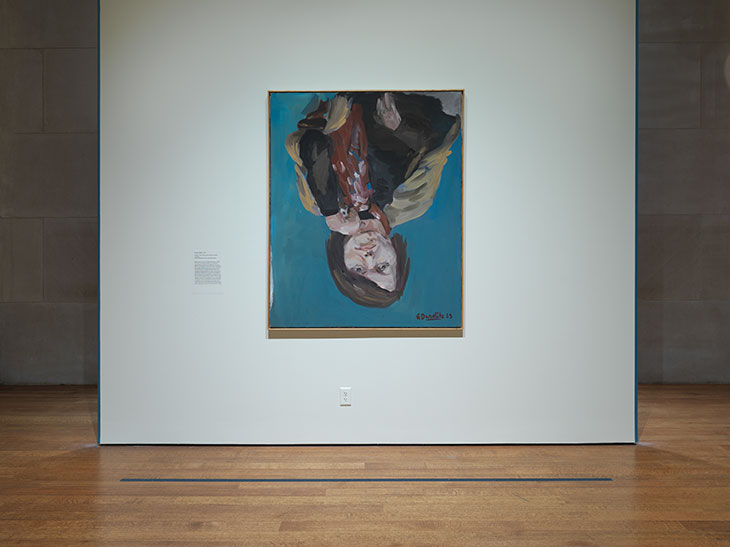
Installation view of ‘Georg Baselitz: Pivotal Turn’ at the Metropolitan Museum of Art, New York, 2021. Photo: Xue Chen; courtesy the Metropolitan Museum of Art
‘In my search for precedents in German art history, I found myself looking at the early Romantics,’ Baselitz has said – ‘who, even back then, might stand a painting the wrong way up on an easel and still be able to appreciate its aesthetic value although admittedly not intentionally.’ The artist cites an anecdote by Carl Gustav Carus, the friend and disciple of Caspar David Friedrich: apparently a visitor to Friedrich’s studio mistook a misty mountain scene with solitary eagle for a ‘seascape’, praising it as such with embarrassing enthusiasm, much to the artist’s chagrin. The inverted eagle would become a recurring feature in Baselitz’s own work, a symbol of German nationalism depicted as if falling like Icarus in a blaze of paint.
The upside-down work plays an important role in the foundational myths of abstract art. Kandinsky claimed to have had an epiphany in his studio in Munich after being struck by an unfamiliar and seemingly abstract painting’s ‘extraordinary beauty, glowing with inner radiance’, and powerful and unexpected arrangement of colours, before realising that it was in fact one of his own works seen inverted. His subsequent ‘improvisations’ – such as Picture with a Circle (1911) – are considered the first deliberately abstract paintings. Many of his non-objective canvases concentrated form and colour at the top and, because people were not used to such top-heavy works at the time, often they were hung upside down.
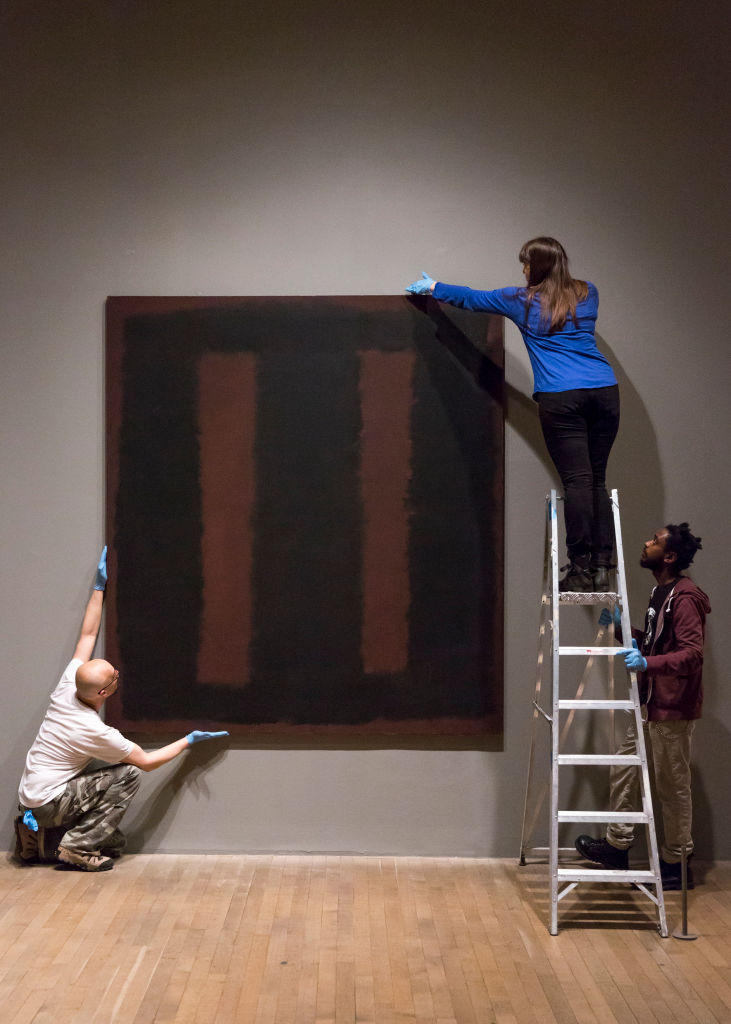
One of Mark Rothko’s Black On Maroon paintings from 1958 being installed at Tate Modern, London (they currently hang in Tate Britain). Photo: Rob Stothard/Getty Images
There is, of course, a long history of art being displayed like this by mistake. In a no doubt apocryphal story, J.M.W. Turner is supposed to have replied, in response to a gallerist’s query as to whether they had hung a near-abstract canvas upside down: ‘Turn her’. By the early 20th century, the question of orientation in ‘impressionistic’ painting was a popular joke. As one cartoon caption from 1911 noted, it scarcely mattered as ‘nobody can make head nor tail of it’. Abstract artists such as Rothko were notoriously vague about which was top side up, and the Tate has displayed two of his Black on Maroon paintings horizontally and vertically, unclear as to the artist’s intention. The most famous and most publicised of such errors was at MoMA, the very temple of modernism, where in 1961 a Matisse gouache cut-out of a boat, its reflection mirrored in the water, was erroneously displayed upside down for 47 days before a visitor alerted a guard (who told her, ‘you don’t know what’s up and you don’t know what’s down, and neither do we’), and then the New York Times.
Sometimes, hanging a work wrong way up was done deliberately as an act of political subversion. In the Almodí Museum near Valencia is a painting of King Philip V that has been exhibited upside down since 1940, when a proud curator took a political stand against the monarch who had ordered the town razed in the War of the Spanish Succession (perhaps inverting controversial statues might be an appropriate compromise in the current culture wars?). Despite our familiarity with his trope, there is nevertheless something similarly discombobulating about seeing a room of upturned Baselitzs, such as his Avignon (2014) series of eight gargantuan nude self-portraits which were exhibited in the German pavilion at the Venice Biennale in 2015 like an enormous funfair hall of mirrors.

Portrait of Felipe V in the Almodí Municipal Museum, Xàtiva, Valencia. Courtesy Tourist Info Xàtiva
Richard Calvocoressi, writing in the Burlington Magazine in 1985, saw an pre-Romantic precedent to Baselitz in Renaissance art, particularly Masaccio’s Crucifixion of St Peter, which Baselitz could have visited in the Berlin State Museums in Dahlem. Portrayed with rigid symmetry, Peter – who insisted on being executed upside down to avoid comparisons with Christ – is shown balancing on his halo, a detail rendered with perfect foreshortening. Perhaps the debt is wider? In Secret Knowledge: Rediscovering the Lost Techniques of the Old Masters (2001), David Hockney supposed that, ever since Caravaggio, through Vermeer and Ingres, artists had been drawing the world upside down, at first using a concave mirror to project an inverted scene on to a piece of paper in strong light, and then with the camera obscura and lucida.
Long before photography, in the search for veracity, art had been influenced and mediated by the lens. And artists had unknowingly used such optical tools, which present an inverted and ephemeral vision of the world, to tap the right side of their brains. But Baselitz was the first to exhibit them that way: ‘There’s some sort of irritation, the view of them, and that’s intentional,’ he replied when asked the question as to why. ‘When you’re irritated, you pay closer attention.’
Unlimited access from just $16 every 3 months
Subscribe to get unlimited and exclusive access to the top art stories, interviews and exhibition reviews.


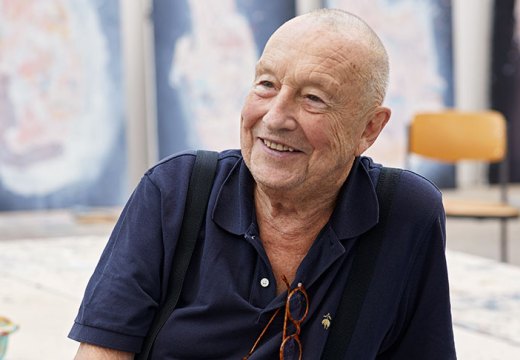
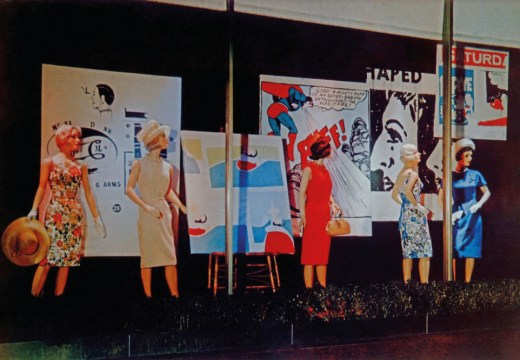
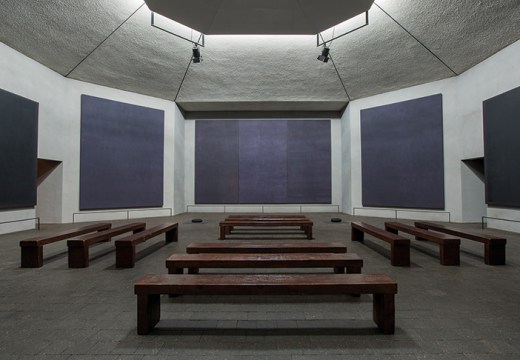









![Masterpiece [Re]discovery 2022. Photo: Ben Fisher Photography, courtesy of Masterpiece London](http://www.apollo-magazine.com/wp-content/uploads/2022/07/MPL2022_4263.jpg)
Why are fathers so absent from art history?